Latin Name: Connochaetes Taurinus Also knows as the Golden Gnu Golden Wildebeest naturally occurred along the Limpopo River basin, adjacent to the Tuli-Block of Botswana. Early farmers in the1920’s, called them “Vos Wildebeest” The first Golden Wildebeest Bull was captured by Alec Rough in the early 1990’s on the game farm Swinburne, in the Limpopo Valley. This is the area where the majority of Golden Wildebeest originate from. They formed an integral...
Wildlife Facts - Eland
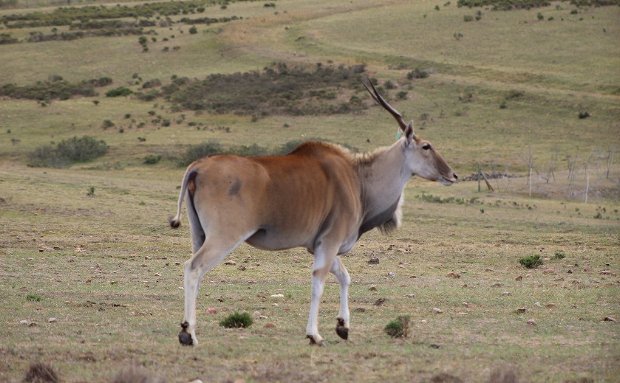
Latin Name: Taurotragus oryx
The Eland, an ox-like antelope, is the largest in the world. It belongs to the ‘spiral-horned’ subfamily, along with the likes of kudu and bushbuck.
Bulls of both species may top 900kg and stand 1.7m at the shoulder. Females are about half the male’s weigh
- They are great jumpers, despite their huge size, and can clear a two-metre fence with ease.
- Listen closely and you’ll hear a distinct clicking sound as they approach. This is thought to come from their hooves, which splay apart and click back together under the animals’ great weight.
- A tuft of black hair grows out of the male’s prominent dewlap, the loose fold of skin that hangs down from the neck.
- It was both food and spiritual inspiration to the prehistoric hunter-gatherer peoples of southern Africa. And it features prominently in rock- and cave-art across the region. Today place names such as Elandsfontein and surnames such as Mpofu (‘eland’ in Zulu) suggest how central to the region’s culture this antelope once was.
- They browse more than they graze, feeding in areas where shrubs and bushes provide the leaves they prefer and using their horns to bring twigs and branches into reach.
- The common eland is better adapted than cattle to the African environment, and is easily domesticated. It has been farmed for its meat and milk in both South Africa and Russia. A female can produce up to 7kg of milk per day, which is richer in fat than cow milk.
- The social organization of the eland is somewhat different from that of other antelopes. The older the male is more solitary, while younger animals may form small groups.
- Males are also more sedentary than females, who may travel widely, especially during the dry season. Females and young are found in loosely cohesive groups.
- Females with young calves come together in nursery groups. After the young are weaned at about three months, the mothers rejoin the female herds and the calves remain together in the nursery group.
- Calves spend a lot of time grooming and licking each other, developing bonds even stronger than those of calf with its mother.
- With year-round births, some adult females are always present in a nursery group and they defend all juveniles present, not just their own.
- Juveniles usually remain in the nursery groups until they are almost two years old when they begin to wander off and join other loose groupings of their sex.
Come and meet them at Hartenbos Private Game Lodge.
Further Reading
Latin Name: Damaliscus pygargus The Bontebok is a medium-sized, generally dark brown antelope with a prominent, wide white blaze on its face, with a pure white rump, belly and hocks, and black-tipped tail. Both sexes have horns, although the horns of rams are heavier and longer than those of ewes.
Latin Name: Kobus ellipsiprymnus Hence their name, waterbuck tend to hang around areas where there is a lot of water, especially being water dependent animals. Bulls (males) in particular, will hold a territory where there is an abundant amount of water and food to attract females – he will only hold this territory in breeding seasons.
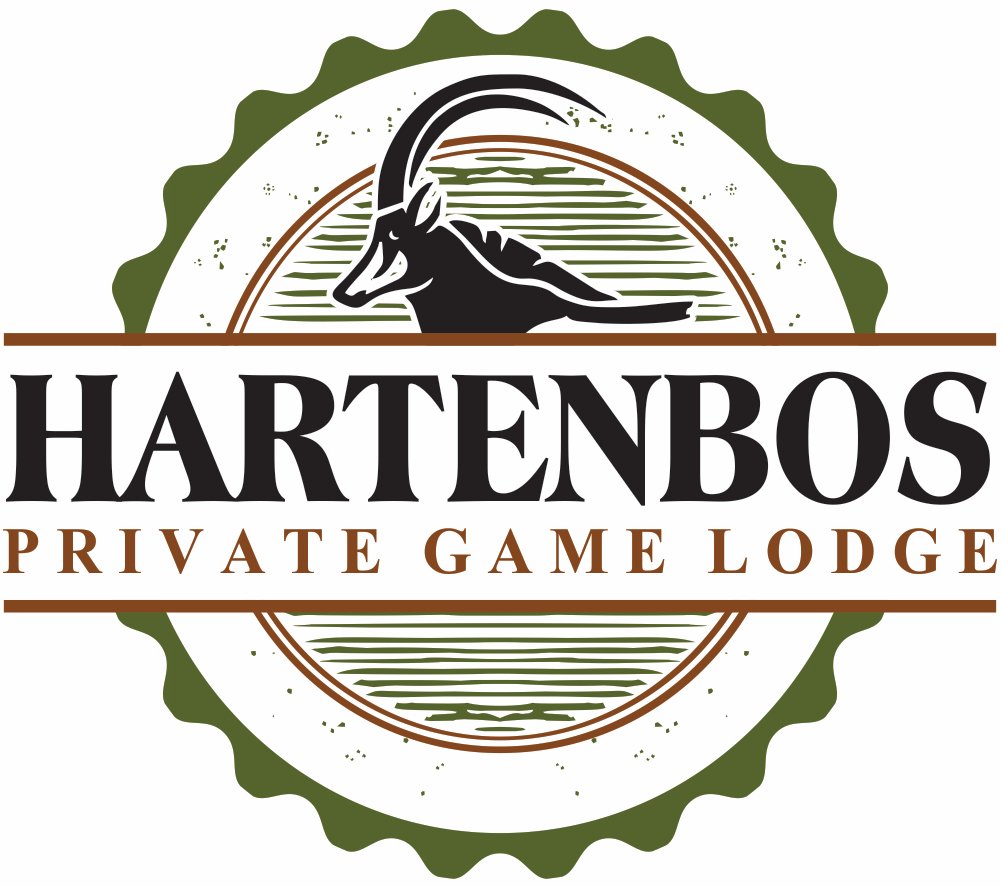
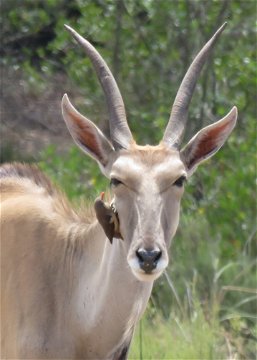


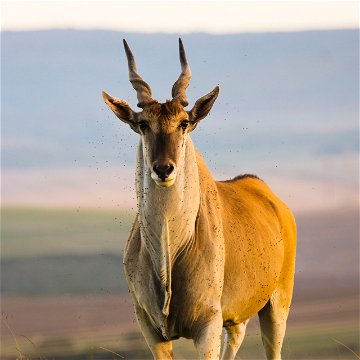
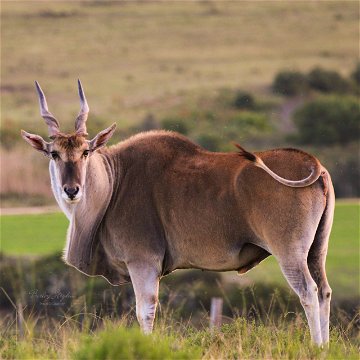
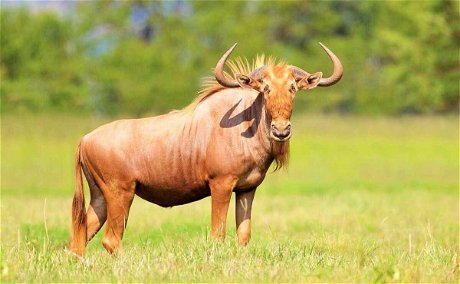

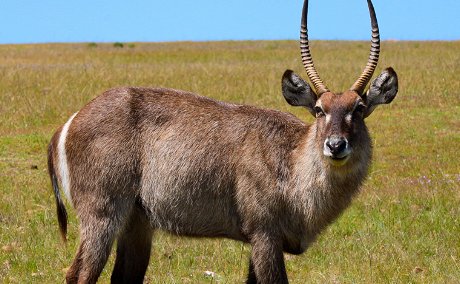
Share This Post